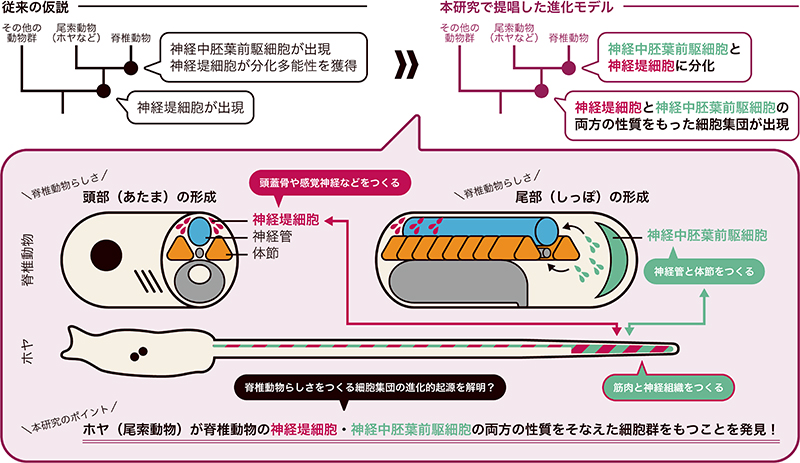2024-04-03 インペリアル・カレッジ・ロンドン(ICL)
<関連情報>
- https://www.imperial.ac.uk/news/252500/why-heart-rhythm-problems-tend-happen/
- https://www.ahajournals.org/doi/10.1161/CIRCRESAHA.123.323464
心臓GRが心室性不整脈感受性の日内リズムを媒介する Cardiac GR Mediates the Diurnal Rhythm in Ventricular Arrhythmia Susceptibility
Roman Tikhomirov,Robert H. Oakley,Cali Anderson,Yirong Xiang,Sami Al Othman,Matthew Smith,Sana Yaar,Eleonora Torre,Jianying Li,Leslie R. Wilson,David R. Goulding,Ian Donaldson,Erika Harno,Luca Soattin,Holly A. Shiels,…
Circulation Research Published27 Mar 2024
DOI:https://doi.org/10.1161/CIRCRESAHA.123.323464
Abstract
RATIONALE:
Ventricular arrhythmias (VAs) demonstrate a prominent day-night rhythm, commonly presenting in the early morning. Transcriptional rhythms in cardiac ion channels accompany this phenomenon, but their role in the morning vulnerability to VAs and the underlying mechanisms are not understood.
OBJECTIVE:
The objectives are to investigate the recruitment of transcription factors to time-of-day differentially accessible chromatin that underpins day-night ion channel rhythms and to assess the significance of this for the heart’s day-night rhythm in VA susceptibility.
METHODS AND RESULTS:
Assay for transposase-accessible chromatin with sequencing performed in mouse ventricular myocyte nuclei at the beginning of the inactive (zeitgeber time, time of lights on, start of sleep period) and active (time of lights off, start of awake period [ZT12]) periods revealed differentially accessible chromatin sites annotating to rhythmically transcribed ion channels and transcription factor binding motifs in these regions. Notably, motif enrichment for the glucocorticoid receptor (GR; transcriptional effector of corticosteroid signaling) binding site in open chromatin profiles at ZT12 was observed, in line with the well-recognized ZT12 peak in circulating corticosteroids. Molecular, electrophysiological, and in silico biophysically detailed modeling approaches demonstrated GR-mediated transcriptional control of ion channels (including Scn5a underlying the cardiac Na+ current, Kcnh2 underlying the rapid delayed rectifier K+ current, and Gja1 responsible for electrical coupling) and their contribution to the day-night rhythm in the vulnerability to VA. Strikingly, both pharmacological block of GR and cardiomyocyte-specific genetic knockout of GR blunted or abolished ion channel expression rhythms and abolished the ZT12 susceptibility to pacing-induced VA in isolated hearts.
CONCLUSIONS:
Our study registers a day-night rhythm in chromatin accessibility that accompanies diurnal cycles in ventricular myocytes. Our approaches directly implicate the cardiac GR in the myocyte excitability rhythm and mechanistically link the ZT12 surge in glucocorticoids to intrinsic VA propensity at this time.



